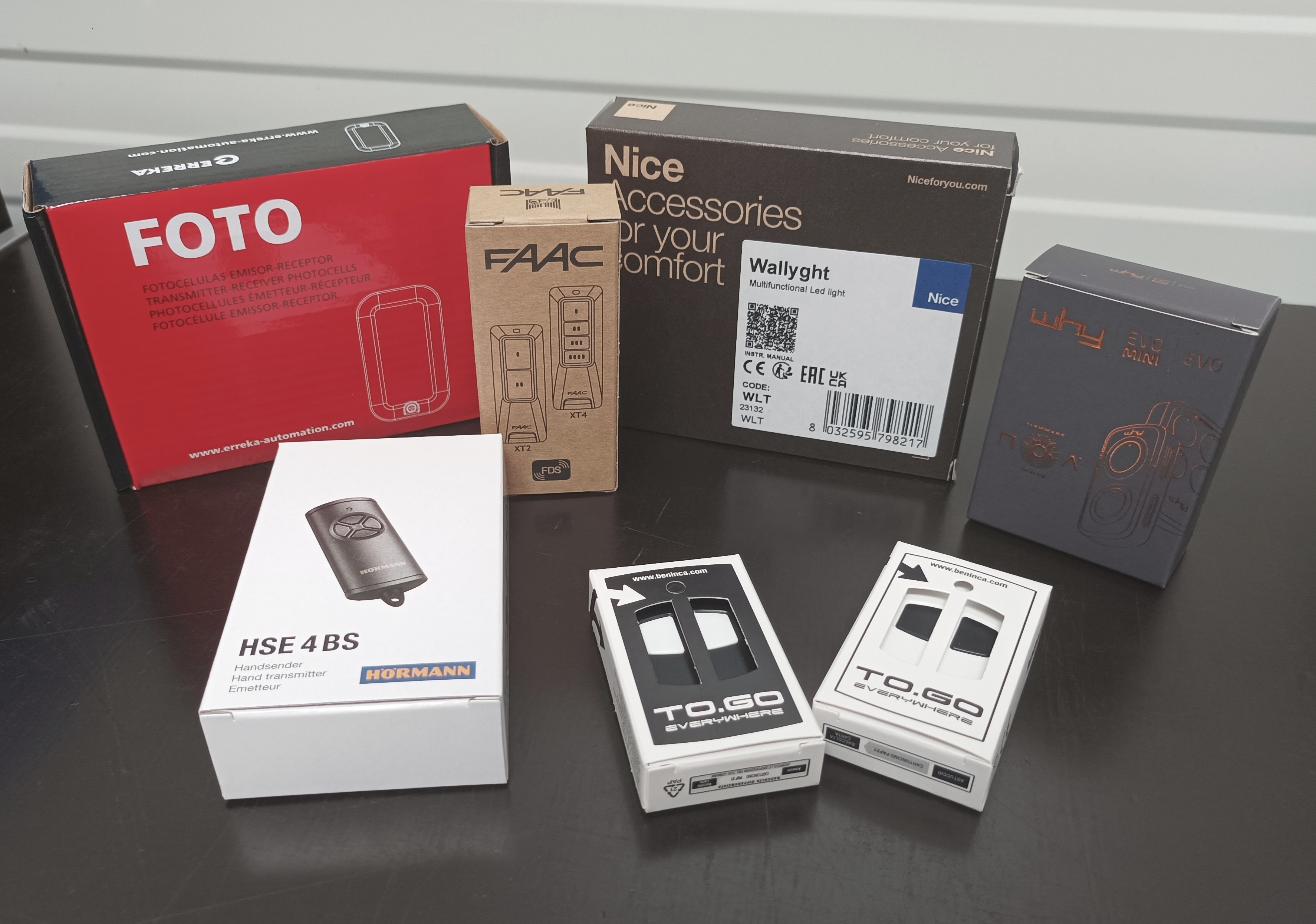SEARCH FOR A PRODUCT
No products
Prices are tax included

A dynamic team at your service!
At Domobip we believe in quality, reliability, and customer service. We continually strive to offer you a carefully chosen selection of remote controls, meeting the highest industry standards. Whether you are looking for a universal remote, brand-specific remote, or an accessory, our team is committed to providing solutions tailored to your needs.
Competitive prices and fast shipping for better customer satisfaction
This is what we strive to do every day to meet your needs. Additionally, we offer quantity discounts on certain remote controls. In this case, they will be indicated on our product pages. When a product in stock is ordered, we strive to ship it quickly (within 24 business hours).
We deliver in Europe and French Overseas Territories.
In addition to our competitive prices, we offer occasional commercial promotions.

Our Team
- Brice: Founder of the site, content creator, develops the visuals and functionalities of the store. He also handles the site's After Sales Service.
- Sandra A: Handles After Sales Service for marketplaces, she processes Domobip customer returns.
- Sandra B: Our second Sandra handles the preparation and shipment of orders.
- Alexandre: In charge of marketplaces, he is also in direct contact with our suppliers, most of whom are the direct manufacturers.
- Margaux: In charge of digital communication, she creates visuals for the store and improves content creation.
- Romain: Our apprentice also in charge of marketplaces, also handles order shipment.
Brands recommended by Domobip
 |
 |
 |
 |
 |
 |
 |
 |



